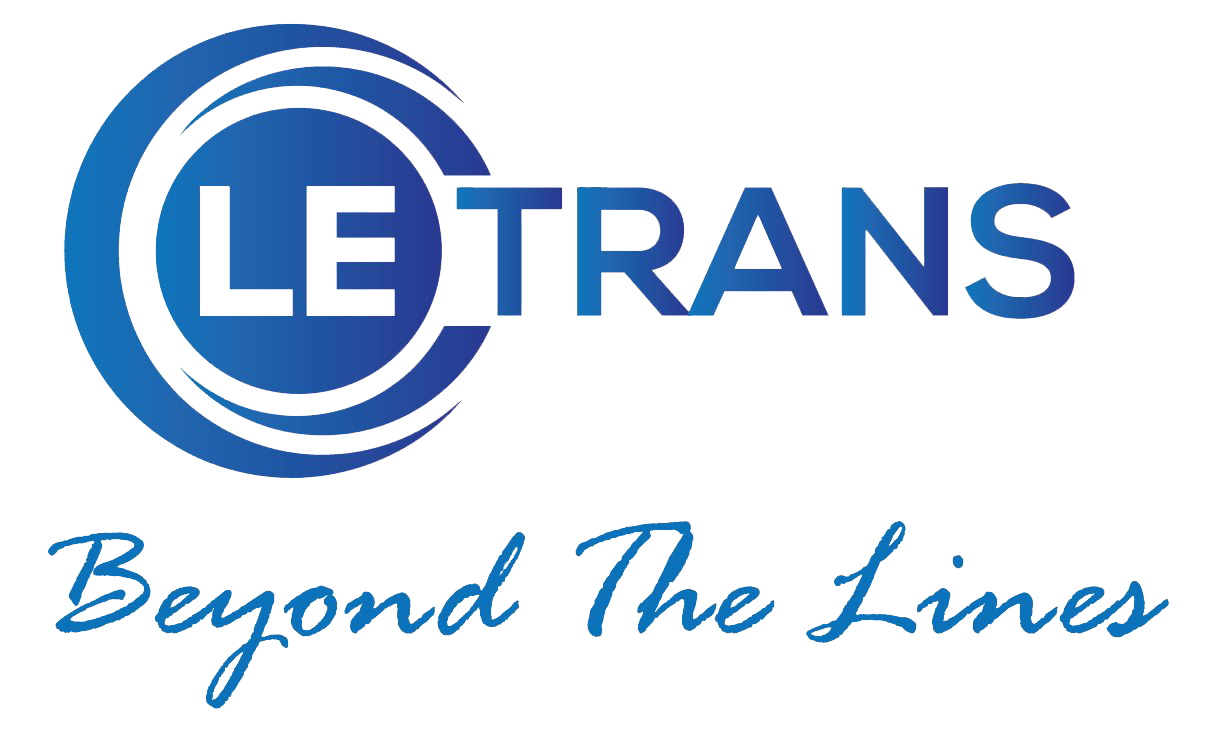California Looks to Ban Diesel Trucks at Ports by 2035
An ambitious California plan to require trucking fleets in the state to switch from diesel to electric power faces a potential backup at charging stations
The California Air Resources Board is proposing phasing out older big rigs operating in the busy corridors shuttling shipping containers between ports, rail yards and warehouses and require that all new vehicles be powered by clean fuels starting in 2024. From 2025, the state would bar trucks powered by internal combustion engines that have more than 800,000 miles on them from operating at ports and rail yards.
The goal is to push more than 30,000 heavily-polluting trucks to clean energy by 2035. Trucking industry officials say there is a big gap between the target and the charging infrastructure that barely exists today and would take years to build.
“Nobody is saying we don’t want to move to advanced technology,” said Matt Schrap, chief executive of the Harbor Trucking Association, an advocacy group that represents thousands of the state’s port truckers. Truckers can’t meet the deadline, he said, “because there’s no charging.”
The conflict between infrastructure and ambitions in California highlights the challenges that states face as they try to push some of the most heavily-polluting sectors of the logistics industry toward clean fuels.
California leads the nation in its bid to wean drivers off gas- and diesel-powered vehicles. CARB, the state’s main regulatory body for air quality, passed rules this summer banning the sale of new gasoline-powered cars by 2035. It has also passed rules mandating that truck dealers ensure zero-emission vehicles make up an increasing share of sales over the next decade.
The latest proposed rule, which also pushes fleets of vans, long-haul trucks and buses to transition to zero-emission vehicles over varying timelines, is aimed at creating a market for dealers by forcing truckers into clean-energy rigs. The state regulatory board is expected to vote on the rule next spring.
Tony Brasil, a clean-energy trucking specialist at CARB, said the regulations solve a chicken-and-egg problem. Truckers won’t buy vehicles without a charging infrastructure in place, he said, but companies won’t invest in charging stations if they can’t be certain of demand. Requiring that dealers and truckers make the switch should give companies confidence to invest in charging stations, Mr. Brasil said.
Truckers say they face big challenges in moving to electric trucks. The trucks tend to cost two or three times as much as diesel trucks, which retail for about $150,000. Most electric trucks today have a range of between 100 and 200 miles between charges, making longer trucking routes impractical.
Aaron Brown, senior vice president of port services for logistics and trucking operator NFI Industries, said the Camden, N.J.-based firm is introducing about 90 electric trucks in Southern California over the next year. NFI is also installing dozens of chargers across three depots that are close to ports and warehouses.
The firm, one of the nation’s largest privately held trucking companies, has plenty of customers that rely on roughly 90-mile, round-trip routes shuttling cargo between nearby ports and warehouses. It also has customers willing to pay a premium for a zero-emissions haul.
“We are counting on the shipper community to pay significantly elevated prices to support the higher equipment costs,” Mr. Brown said.
Chris Shimoda, senior vice president of government affairs at the California Trucking Association, said it will be harder for smaller companies and independent truckers to operate electric trucks without a public charging network.
California has about 80,000 electric-vehicle chargers, according to state data, almost all of them for cars and light trucks. State officials say they don’t know how many heavy-duty electric-charging stations there are in California, but they estimate the state will need 157,000 chargers by 2030 to support electrification of medium- and heavy-duty vehicles.
The Port of Long Beach, where trucks handle hundreds of container movements each day, has two truck charging stations and plans to add more. A spokesman at the neighboring Port of Los Angeles says it doesn’t expect to add many chargers because of concerns about “local traffic impacts, available land and the grid improvements needed.”
Elizabeth John, who manages the California Energy Commission office that oversees investments in heavy-duty zero-emission infrastructure, said most heavy-duty charging stations are being built for private yards.
Ms. John said public charging stations should follow quickly as the state provides billions of dollars in grants and as companies install charging stations and charge drivers for parking and filling up. ”There are a number of different business models emerging that will help support a network,” she said.
State officials say they have funded 200 charging stations for medium- and heavy-duty trucks so far and that many more are being funded by private companies. The California Public Utilities Commission on Nov. 17 adopted a $1 billion transportation electrification program that committed $700 million over the next five years to charging for medium-and heavy-duty vehicles.
Source: Wall Street Journal

